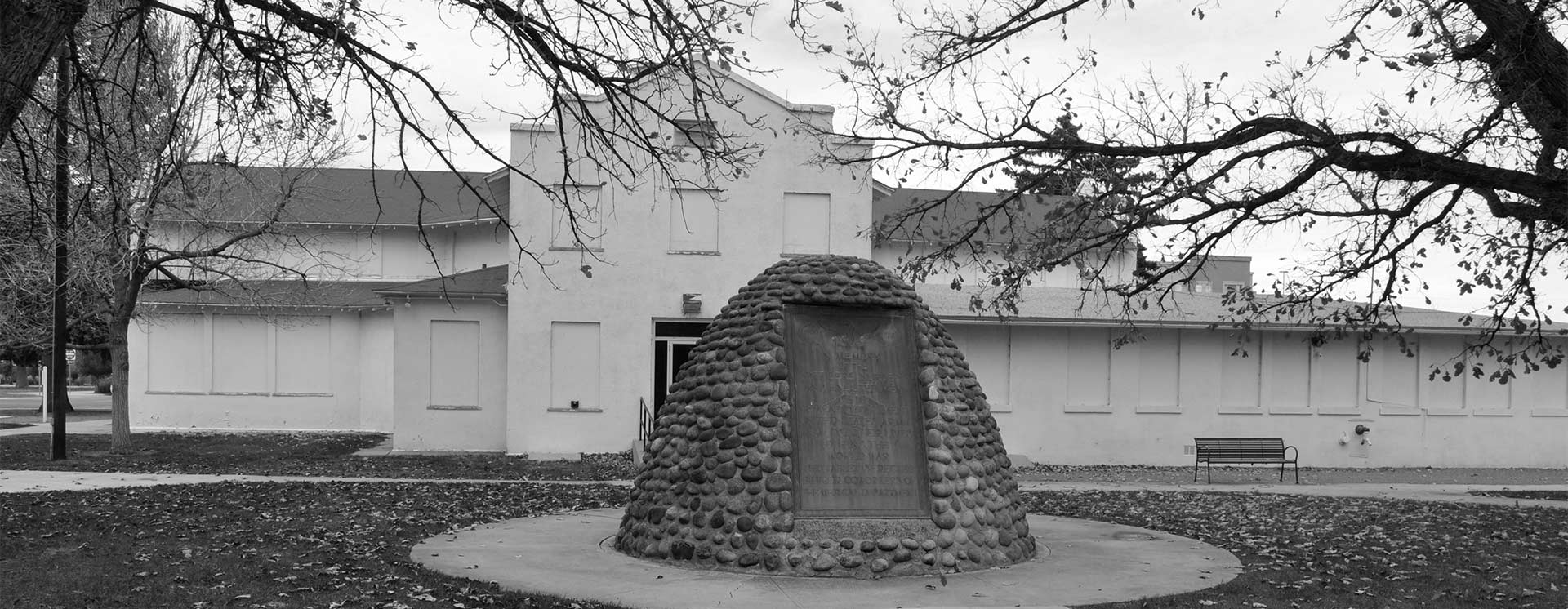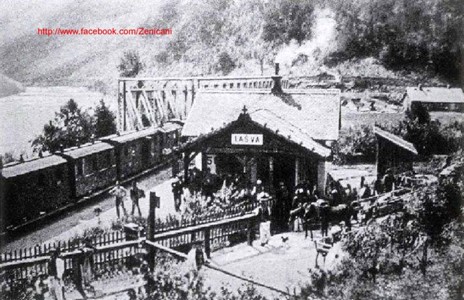
World War One Sites - The NETWORLD Database
Narrow-gauge railroad and station Lašva, Zenica, Bosnia and Herzegovina
As early as 1891, the construction of the Janjići - Travnik - Jajce railway line was planned. Janjići was the most suitable choice because there was enough room for the planned seven tracks. The main supporter was Benjamin Kalai, the then governor of Bosnia. It has never been clarified how the decision was made to build the railroad on the Lašva - Travnik - Jajce route, instead the firstly planned Janjići - Travnik - Jajce. This railroad was built in record-breaking time, even though it was build on a hard and difficult ground land. On 26th October 1893, the 37-kilometer long section between Travnik and Lašva was put into operation.
The continuation of the line on the Travnik - Donji Vakuf - Bugojno section over the Komar pass was completed on 14th October 1984, while the line from Donji Vakuf to Jajce was completed on 1st May 1895.
Bosnia and Herzegovina, Zenica
Type of WWI-heritage
- Non-Military Site of World War One Relevance
Dimensions
No information available.
State of repair/preservation
It is not in function and in use, it need renovation, re-arrangement in order to prevent further decay.
Historical WWI Context
When the Austro-Hungarian Monarchy first concurred Bosnia and Herzegovina in 1878, the main goal of the Monarchy was to industrialize Bosnia and make it go side by side with other European countries. The period that came after it changed many things in the country. They built roads, railways, factories, companies and many other things that would ease their life in a new land. The Monarchy wanted to build railroads as it was very important for the development of the country to have a good communications network. That is how they began on building railroad all across Bosnia and Herzegovina.
The narrow-gauge railroad and station building in Lašva were of great significance before the War, during and after. After the construction of the Lašva - Travnik railway line, the railway station was moved to the current location about 1.5 km upstream of Bosnia. First, it was a smaller building, and soon enough, in 1896, a rather large and functional building of the railway station Lašva was constructed and put to use.
During the war, this railroad was used to transport soldiers, supplies and sometimes even weapons for the purposes of the war. It was important because it connected Travnik (which was of strategic importance to the Austro-Hungarian army) to Zenica (which was at the time connected with Sarajevo). It was used during the war and after it, in the process of the country’s revival. Until June 1975, the Lašva Railway Station was a significant railway connection point. From Lašva, a narrow-gauge railroad lead to Jajce, with detachments in Donji Vakuf for Bugojno and Gornji Vakuf.
Recent Images
Historical Images



State of legal protection
Not protected.
Owner
This constructional/architectural World War One heritage is owned by the PI “Željeznice” of Federation of Bosnia and Herzegovina.
Kind of cultural use of WWI
No information available.
Opening
No information available.
Entrance Fee
No information available.
Information regarding cities, villages, other touristic attractions (non-WWI) nearby
Architecture and artistic monuments from the socialist period of the former Yugoslavia on Smetovi; Fortress of Vranduk near Zenica; The Old City of Travnik; Kraljeva Sutjeska in Kakanj, ancient city of Bobovac; on old “Ćiro” train in Begov Han; tombstones called “Stećci” near Radimlja close to the city of Stolac.
Accomodation
No information available.
Public Transport
No information available.
Further information sources
Other heritage sites nearby
Museums Private Collections
The Historical Museum of Bosnia and Herzegovina, Sarajevo;
City Museum of Zenica;
Museum in Travnik
Narrow-gauge railroad and station Lašva, Zenica, Bosnia and Herzegovina
44.13162429182565 17.934214325634798 fileadmin/res/images/layout/standar-marker.pngLocation

